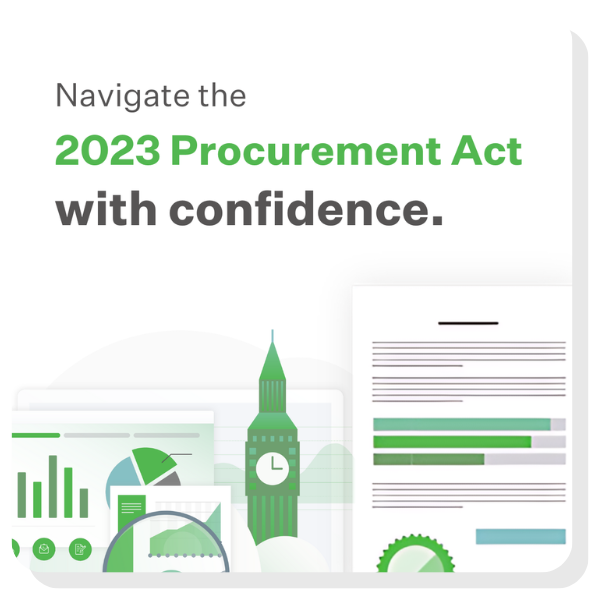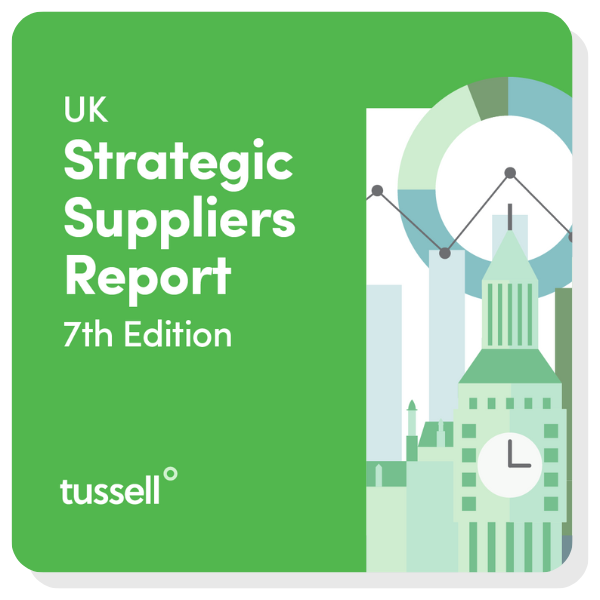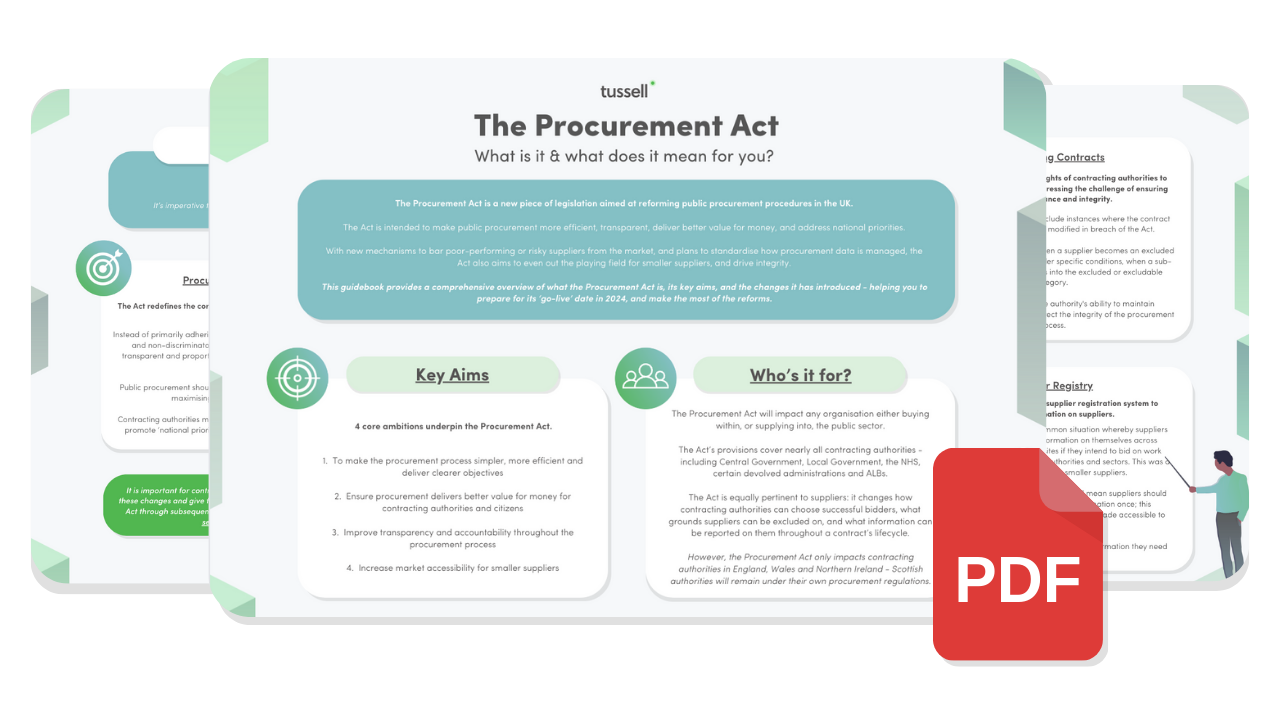SME inclusion in public procurement is up on the same period last year - but more remains to be done
At a time when public confidence in government outsourcing has been shaken by factors like the collapse of Carillion and the poor performance of some rail franchise operators, it has never been more important for the government to demonstrate that it can deploy its procurement budget efficiently and for the public good.
An effective way to do this is by awarding contracts to SMEs - the life-blood of the UK economy. This simultaneously supports small businesses around the country while promoting diversification, competition and innovation in the government’s supply chain. Aware of these benefits, the government has set a target that one third of Central Government procurement spend should go through SMEs directly or indirectly by 2022.
Since reporting against the government's target is only published by the Cabinet Office once a year and even then only at a high level, Tussell complements their reporting with a scorecard of its own: the quarterly SME Procurement Index. Our index has three main advantages. Firstly it covers the wider public sector - including Local Government, the NHS and Housing Associations etc. - not just Central Government so the coverage is broader. Secondly, it's published quarterly, not annually, so the data is more up to date (in fact updates are available monthly, weekly or any desired frequency). Thirdly, because our data has been rigorously cleansed, standardised and enriched, it can be sliced and diced by dozens of parameters like buyer type, supplier sector, and even whether the money is being spent locally.
However, Tussell’s Index also has some important distinctions from the Cabinet Office figures. Most importantly, we track the value and number of contracts being awarded to SMEs - not the actual spend (which takes into account factors like phasing). Also, our data only covers contracts awarded directly to SMEs, not indirect sub-contracting by larger suppliers to SMEs. Sub-contracting by large suppliers to SMEs could very well be substantial, but since at this stage it can’t be measured verifiably or consistently by third parties like Tussell we exclude it from our data coverage altogether. We have projects in hand to address both of these opportunities in due course.
Tussell's index, therefore, does not seek to replace the Cabinet Office’s reporting but to complement it. The government won’t be able to increase its overall spend with SMEs until it can first increase the value and number of contracts it awards to them. That means our index is a leading indicator of whether the conditions are in place for the government to hit its spend target. Or put differently, we measure the inputs for success while the Cabinet Office measures the outcome.
So, what does Tussell’s latest SME Procurement Index for Q2 2018 actually tell us about whether the government is on track? Headline findings are below, or sign up at the bottom of the page to get the full report.
In Q2 2018, 7,675 different SMEs won a total of 4,853 contracts from the wider public sector. Although fewer than the previous record quarter, it is a 5% increase in the volume of contracts being awarded to SMEs and an 8% increase in the number of SMEs in the public sector supply chain vs the same period last year.
In Q2 2018 SMEs won nearly 50% of all contracts awarded by volume (the number of contracts). However, this accounts for only around 13% of the total value awarded during the same period. This tells us that SMEs win a large number of low-value contracts from the public sector. The government should explore what practical or cultural obstacles are holding back contracting authorities from awarding bigger contracts directly to SMEs.
Most SMEs based in London & South East
Year to date, nearly a third of SMEs that won public sector contracts are based in London or the South East. That suggests more could be done by the government to engage with SMEs in other parts of the United Kingdom.













